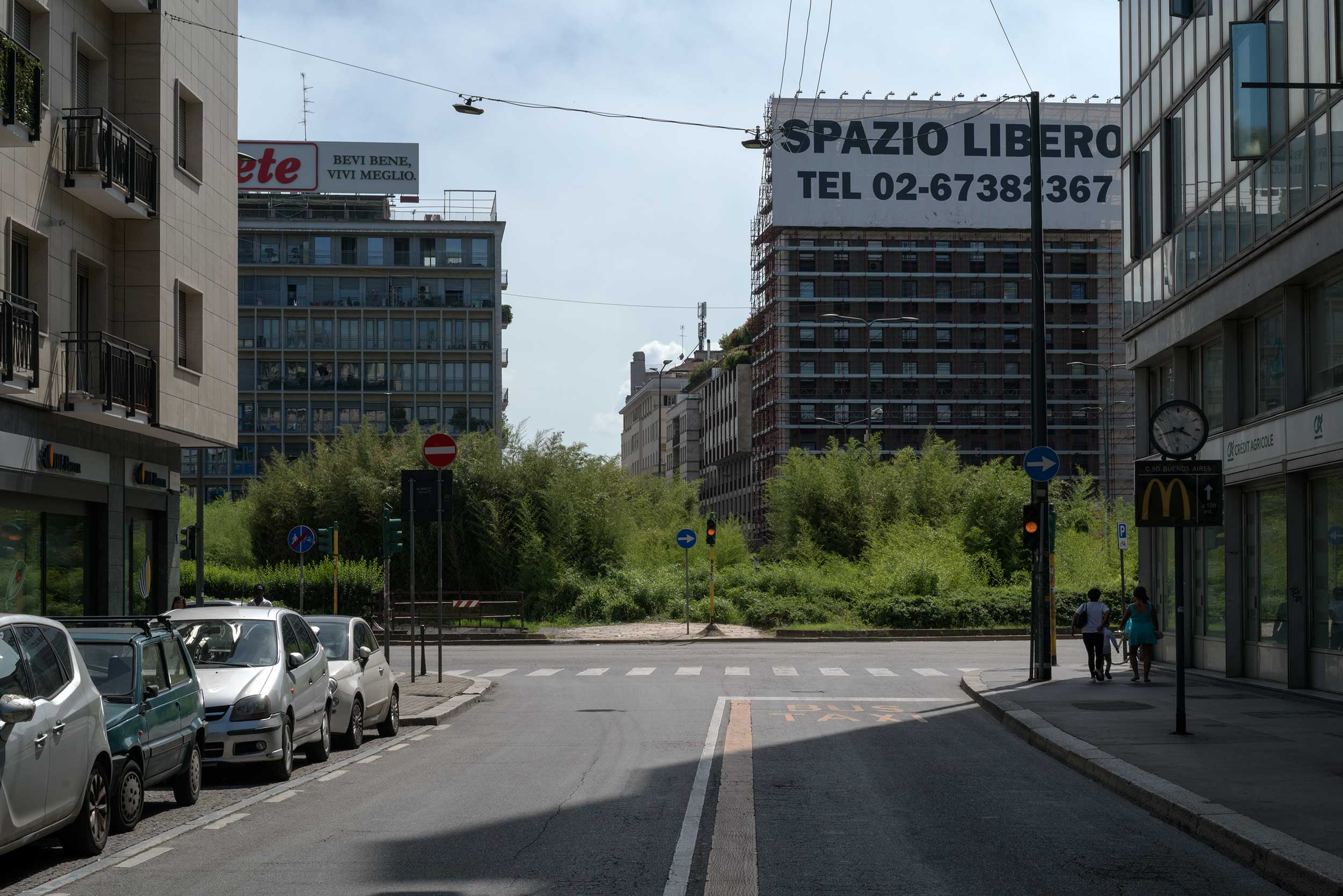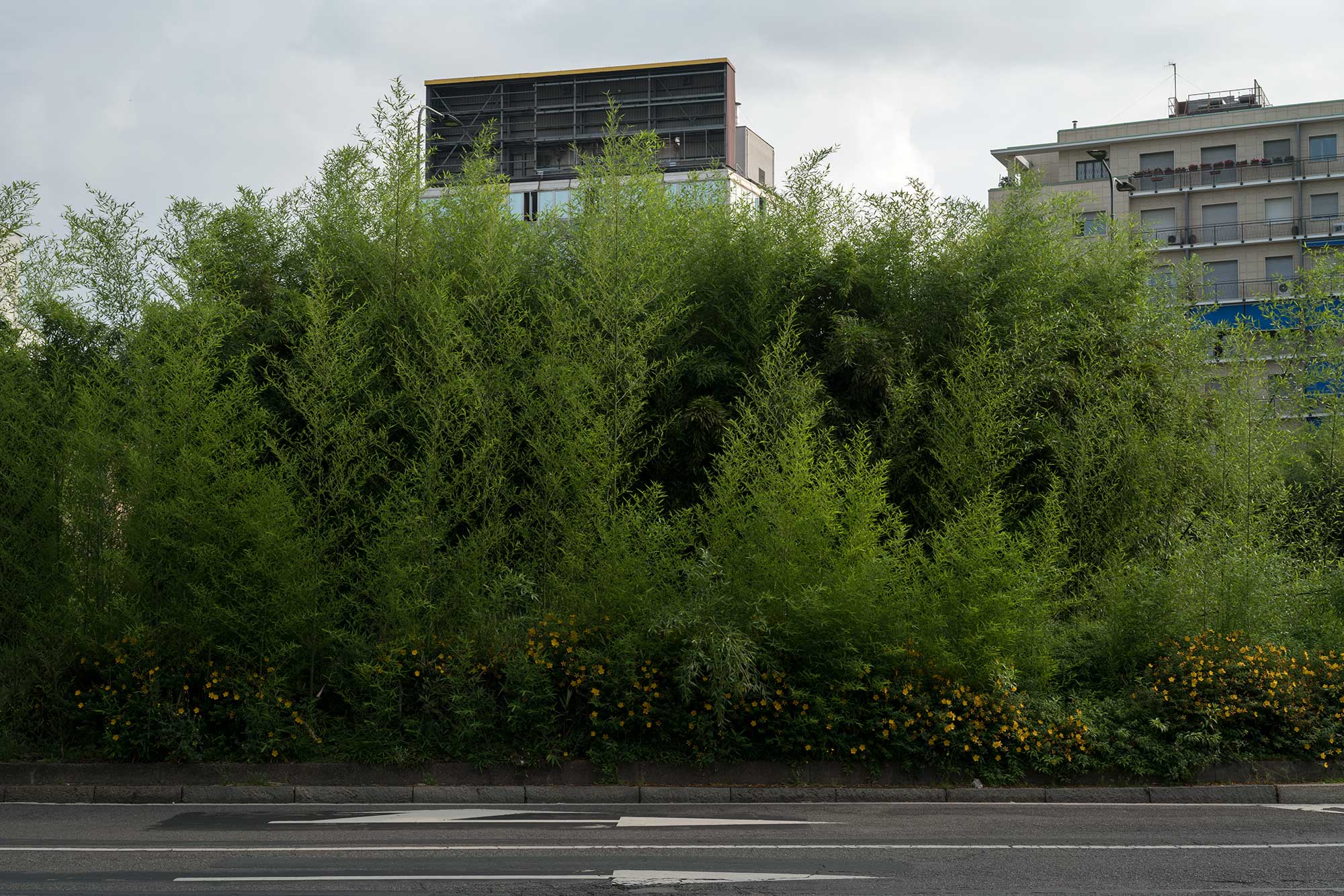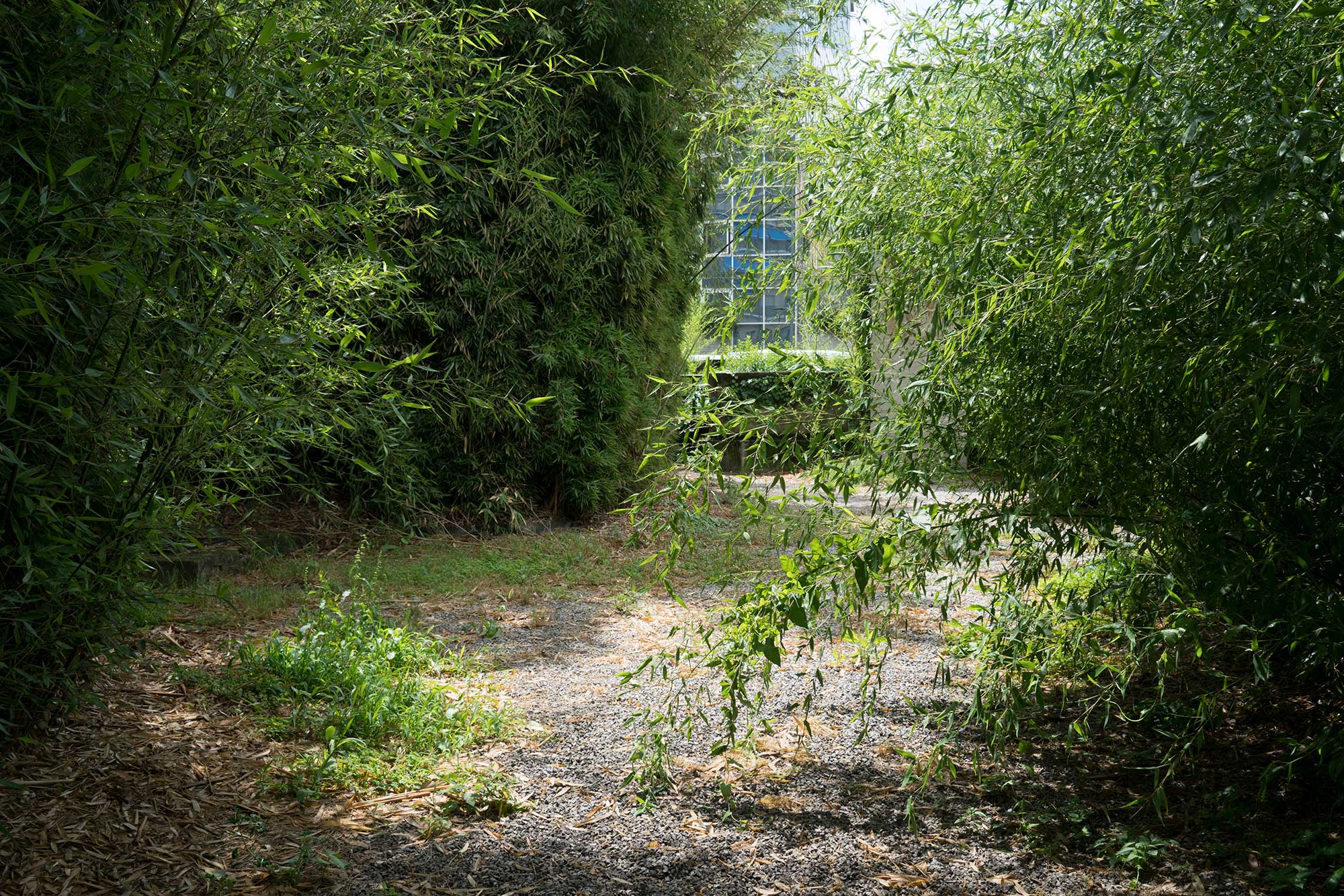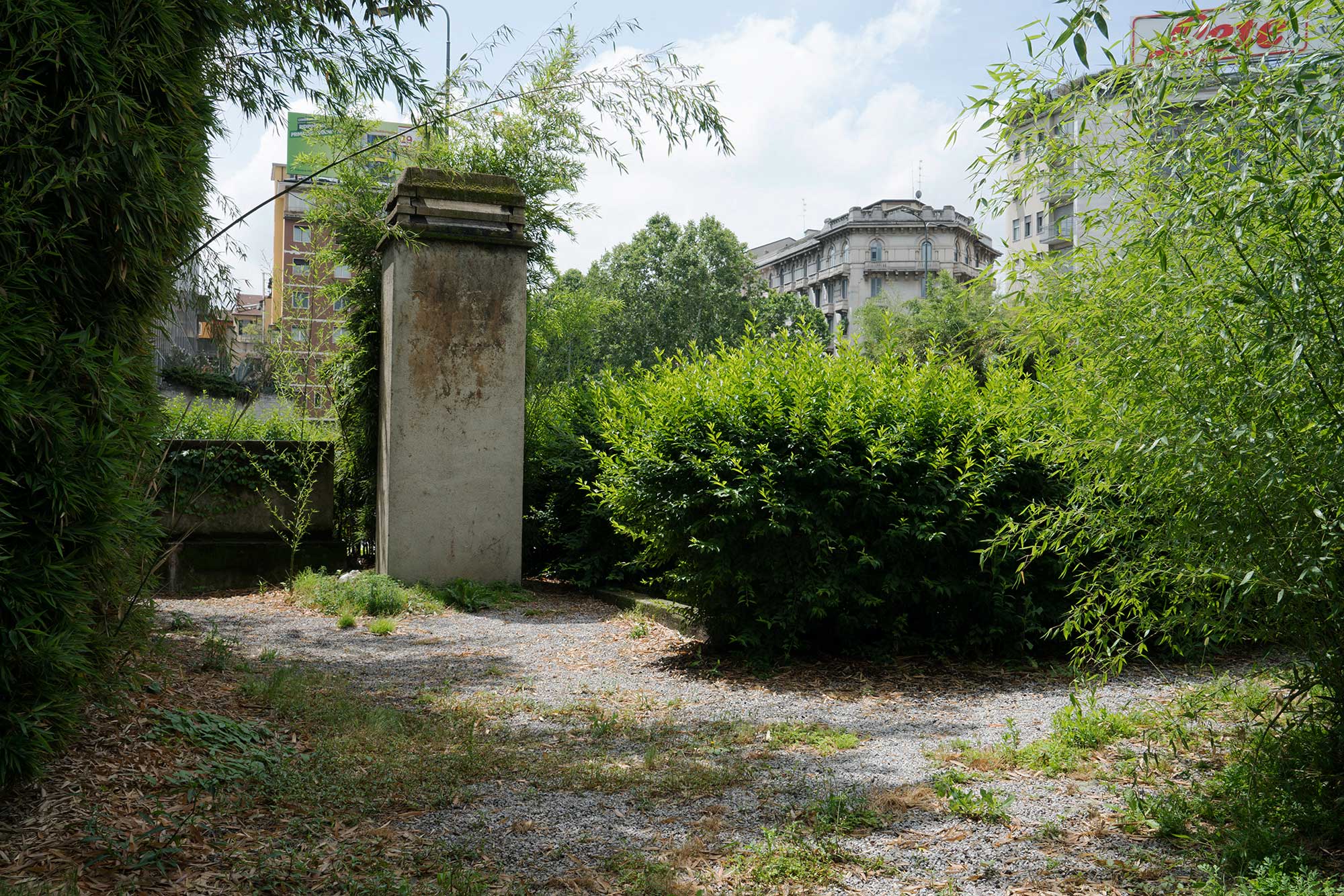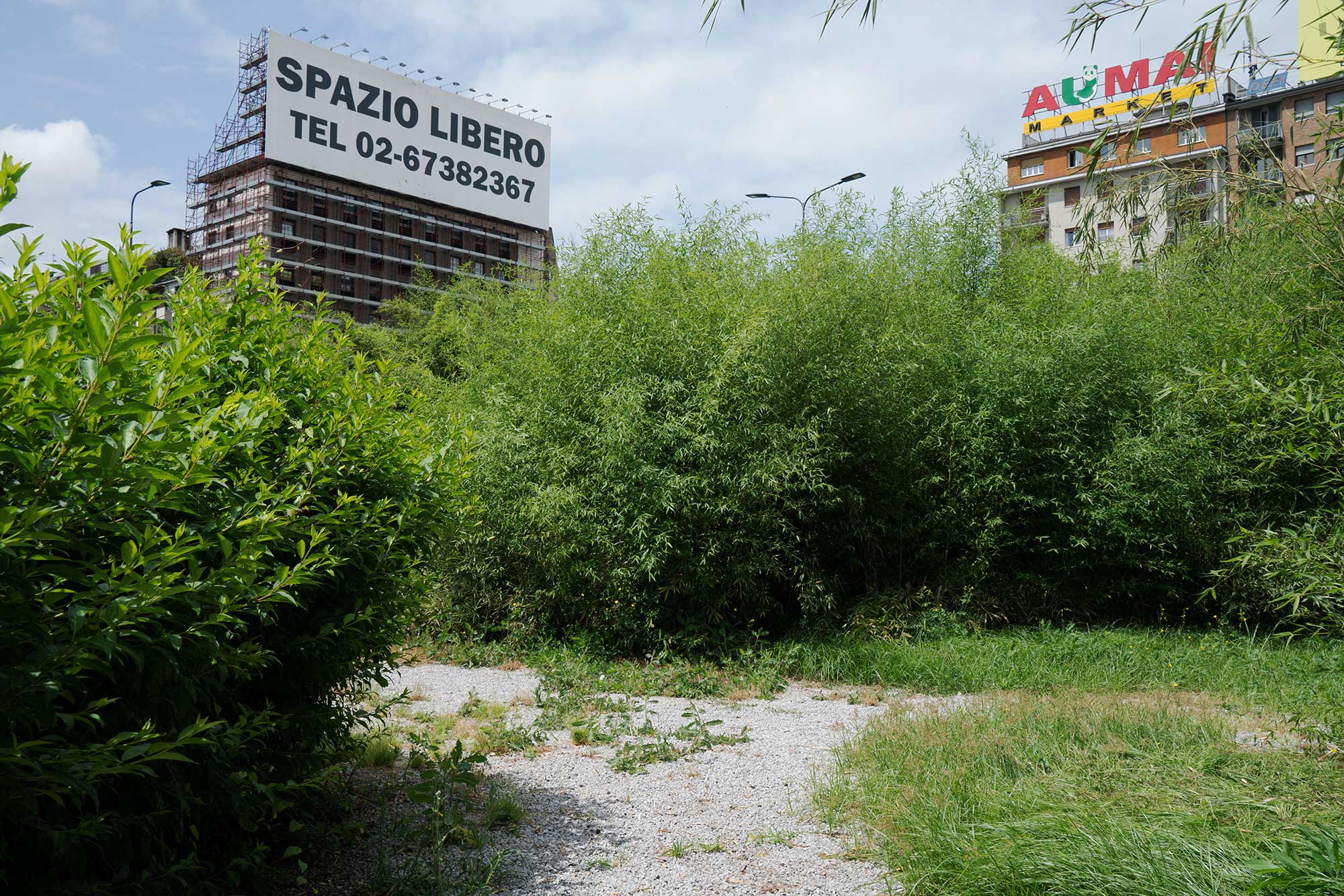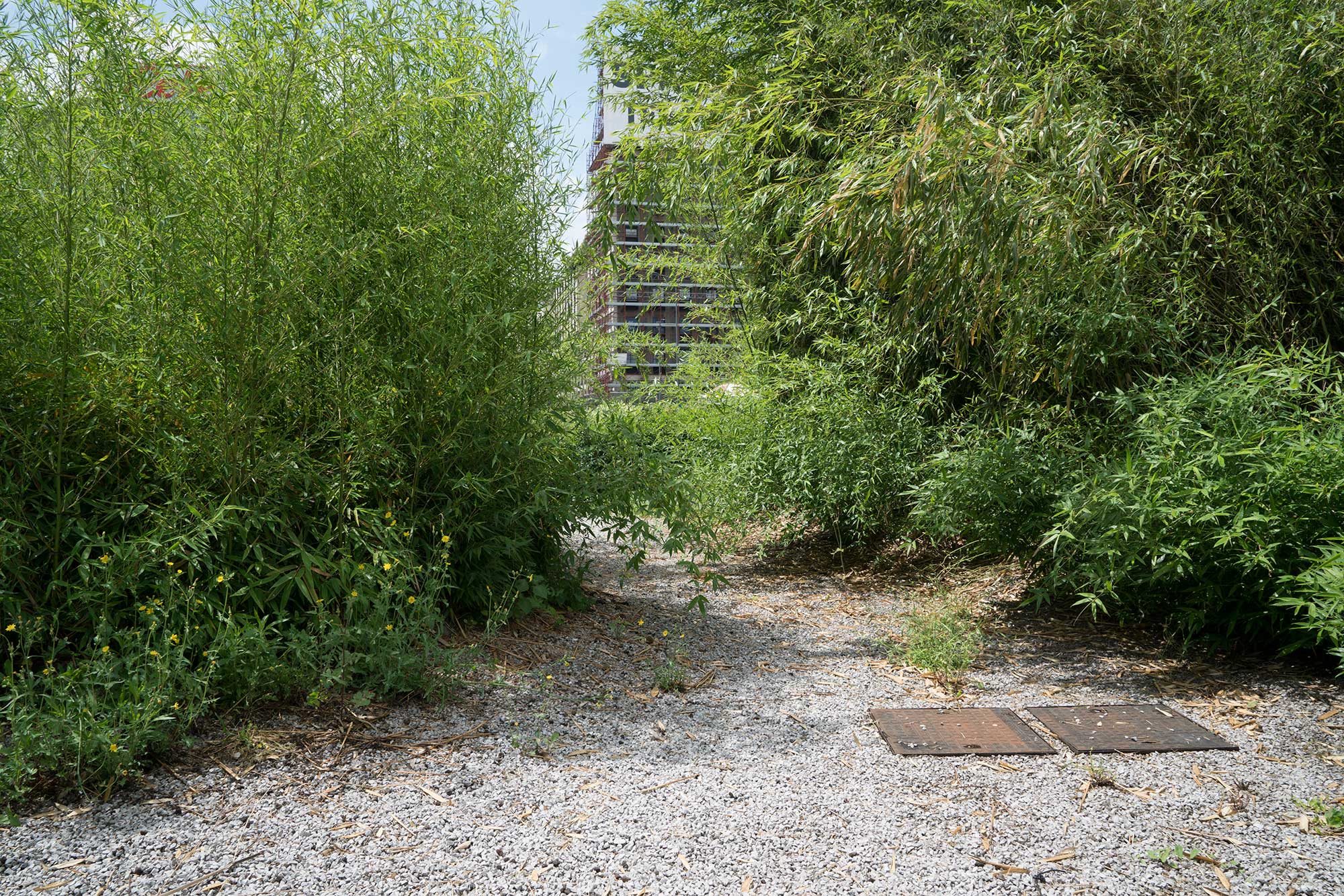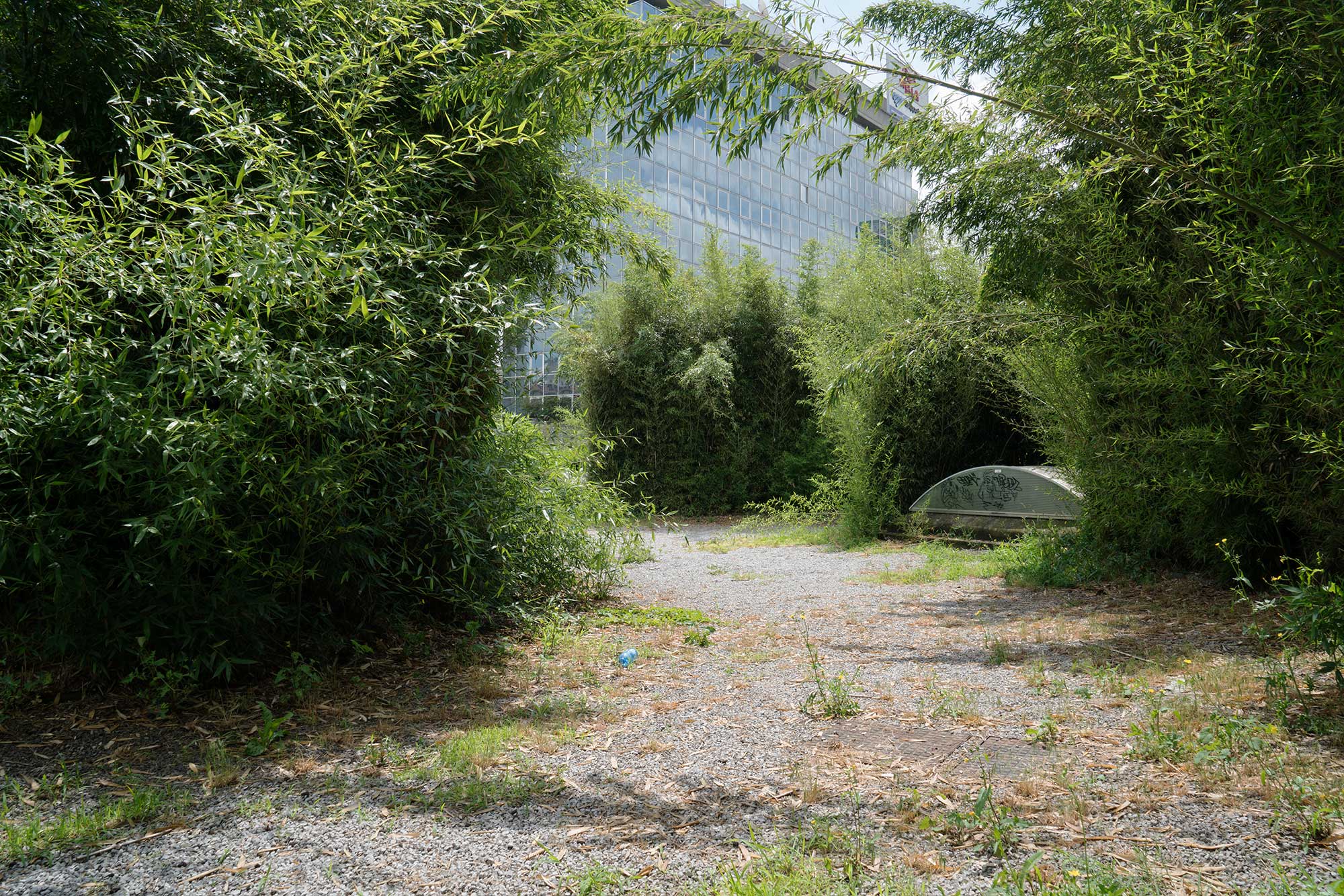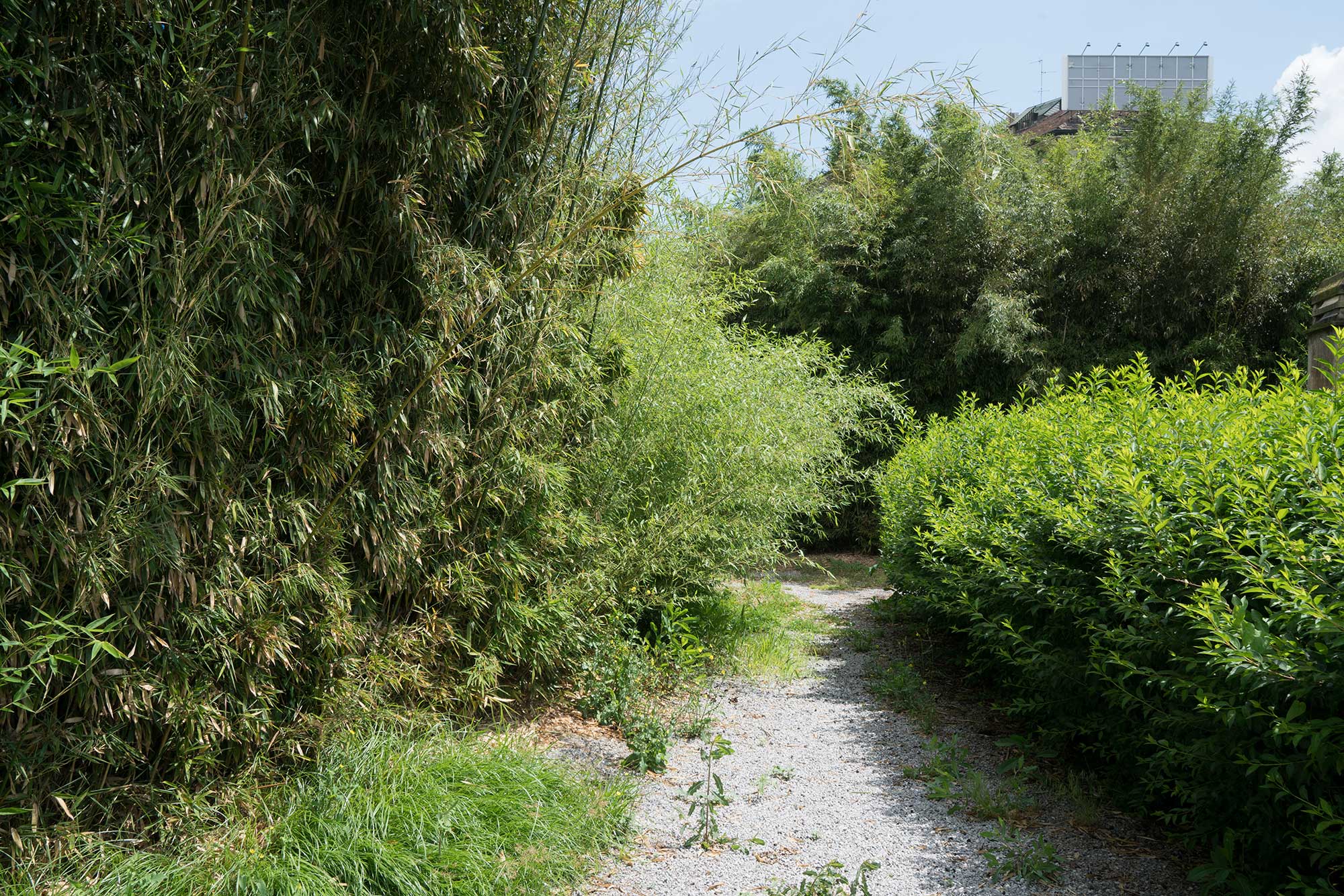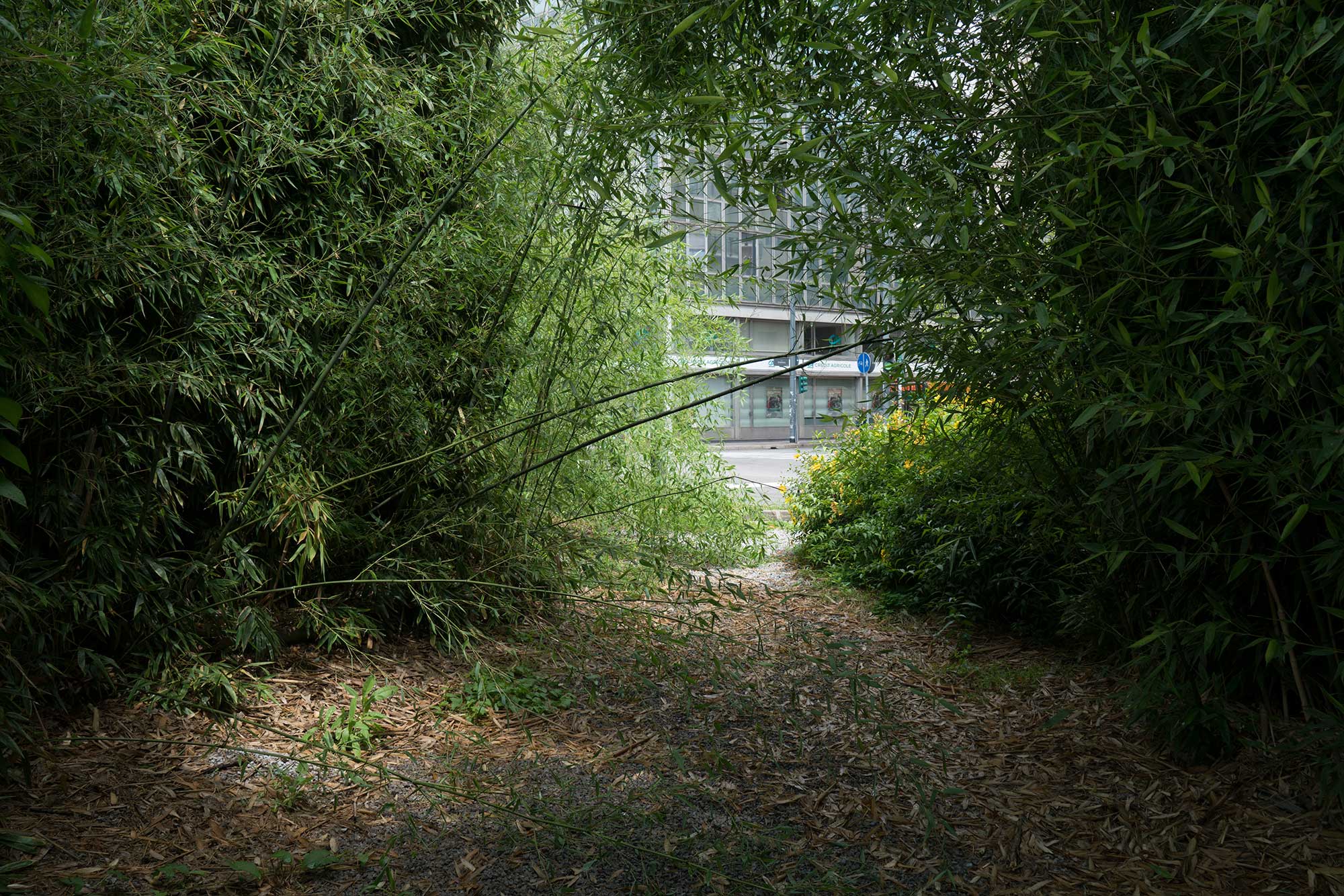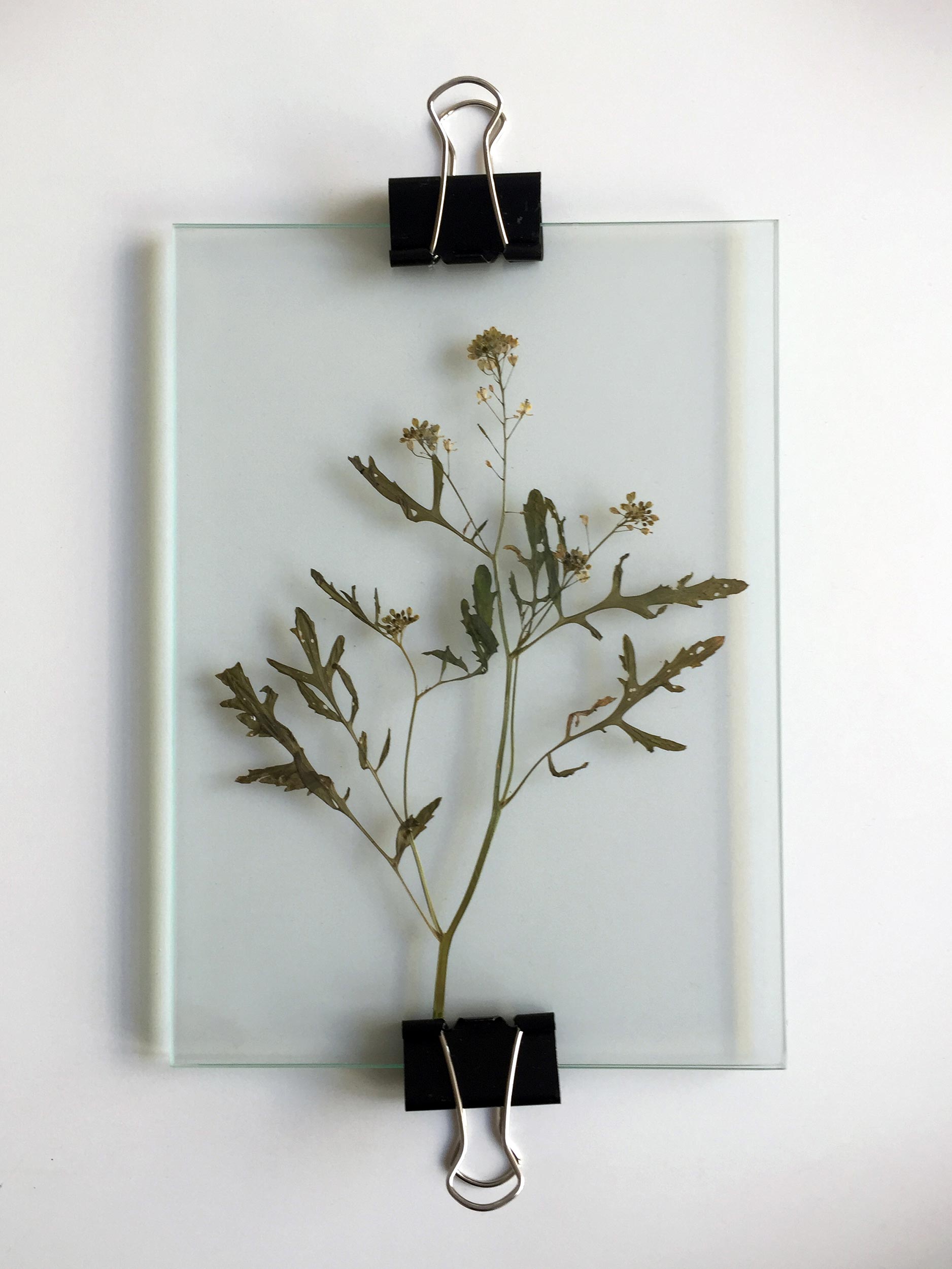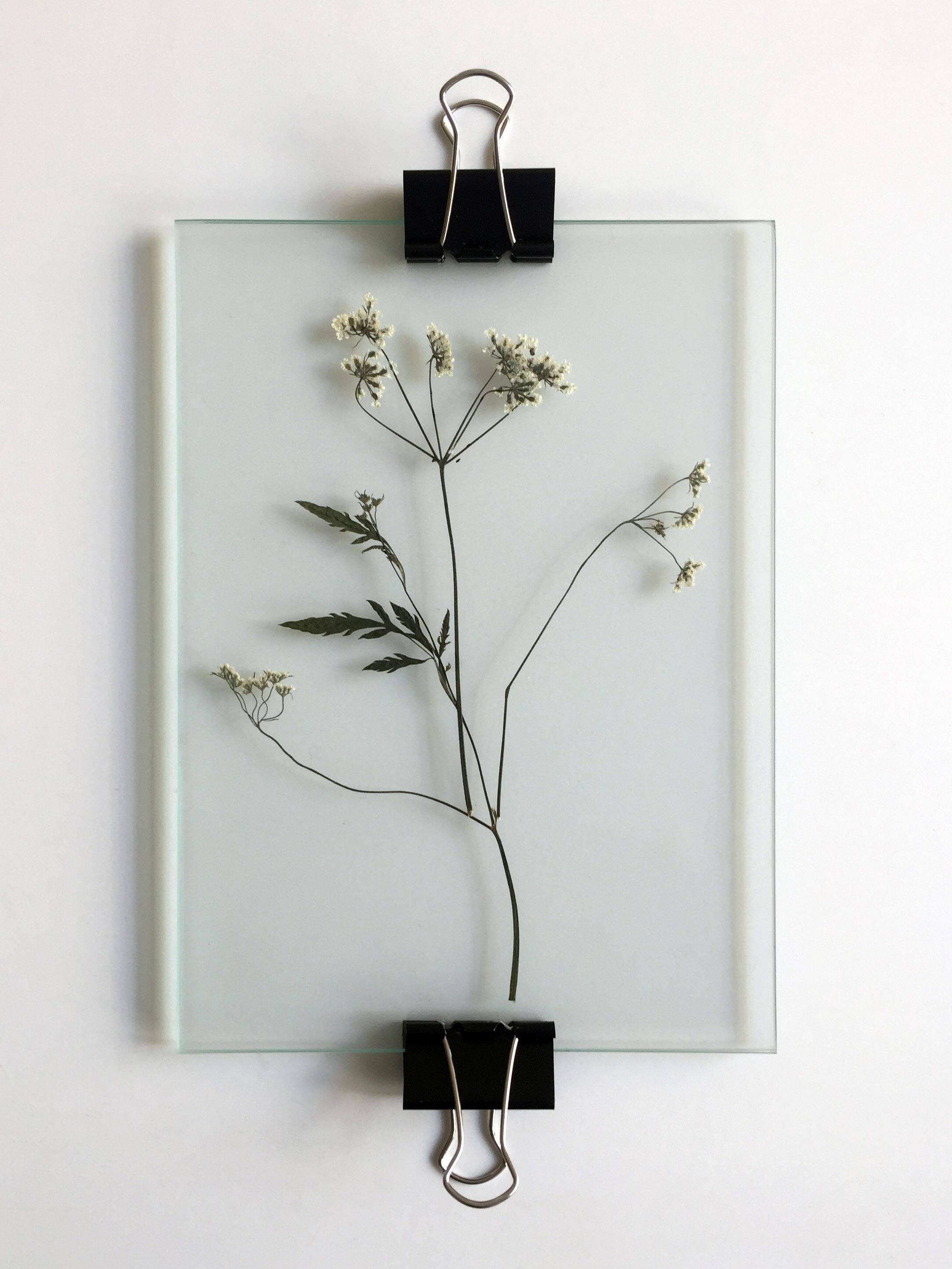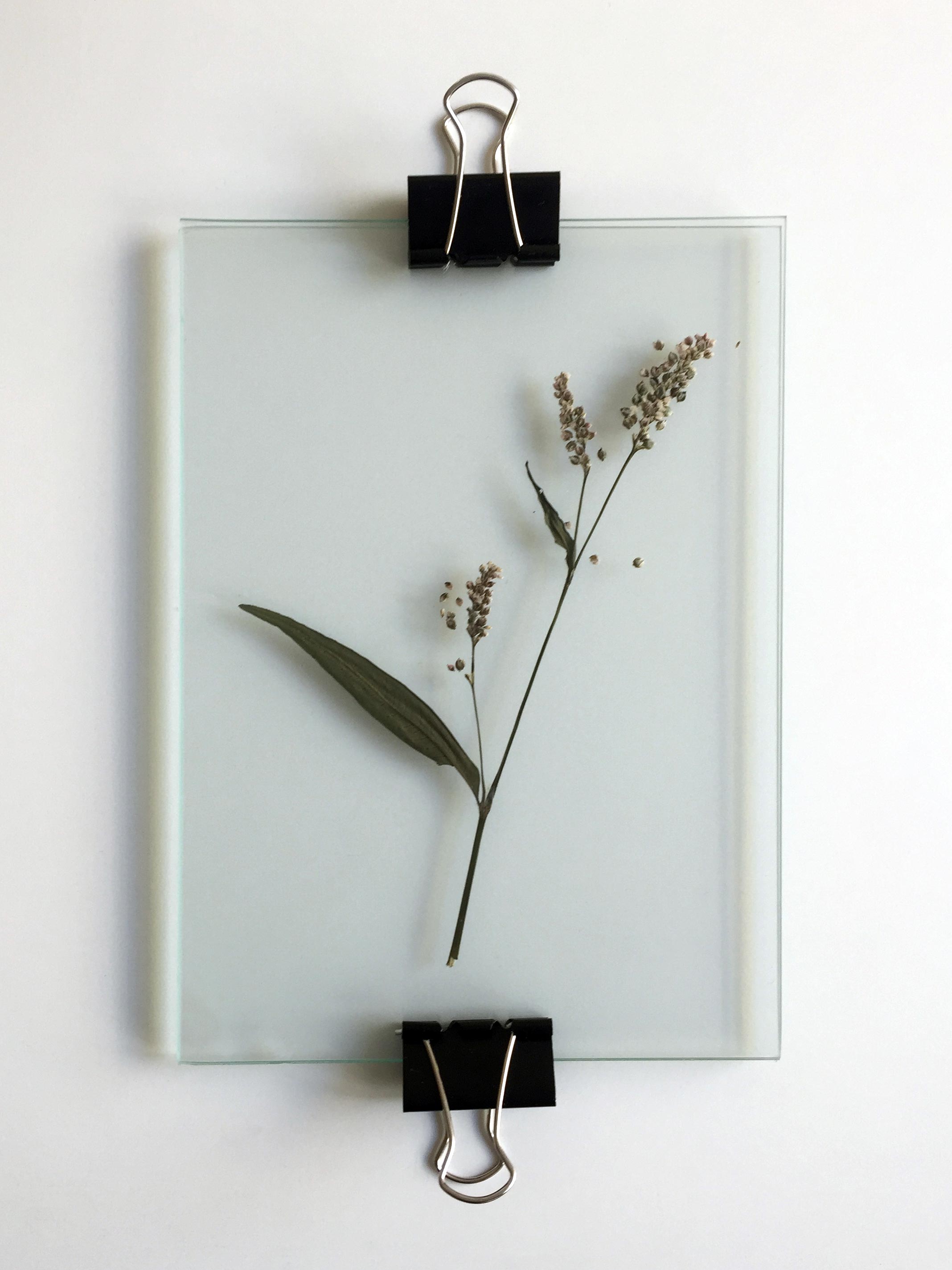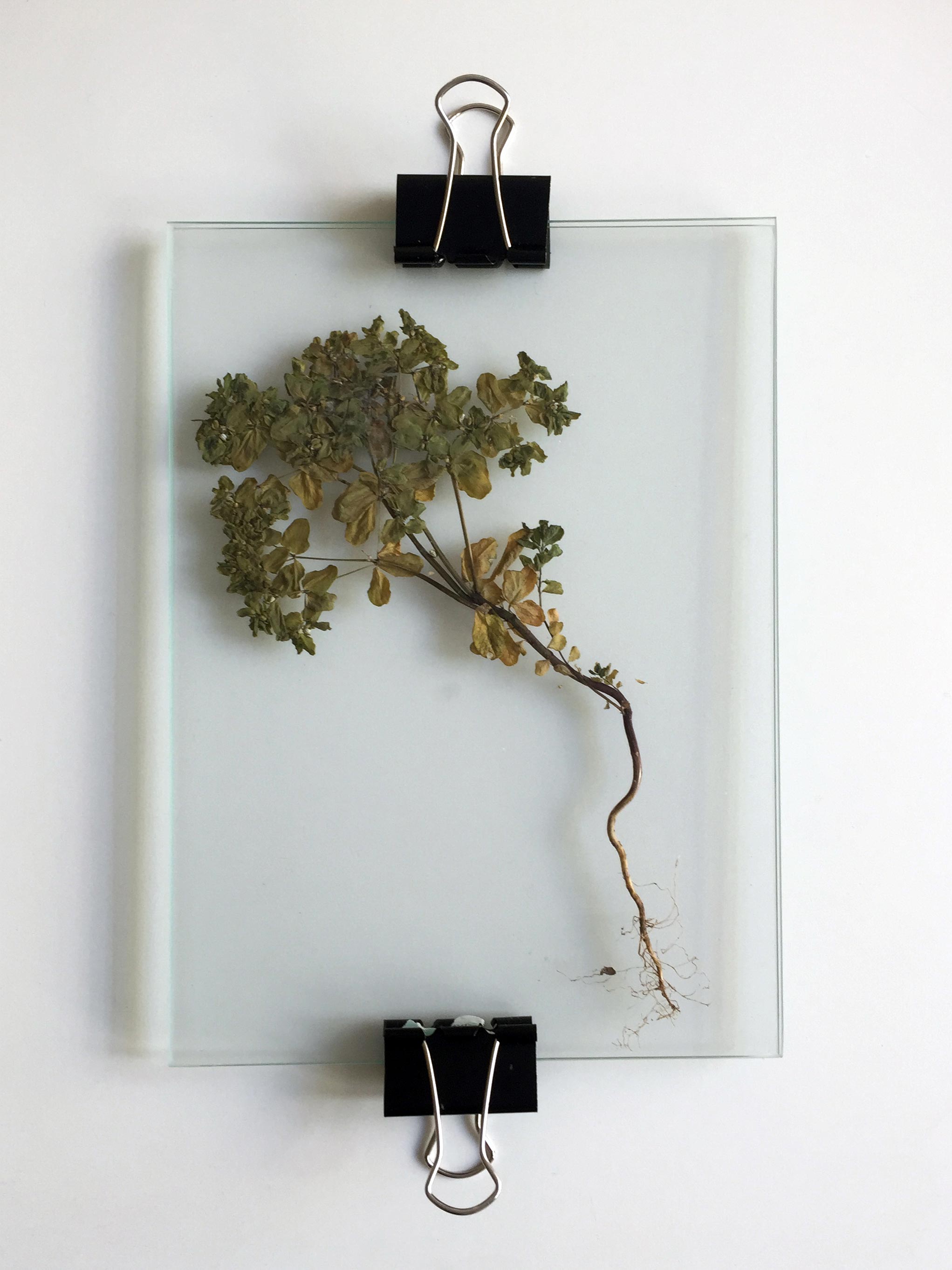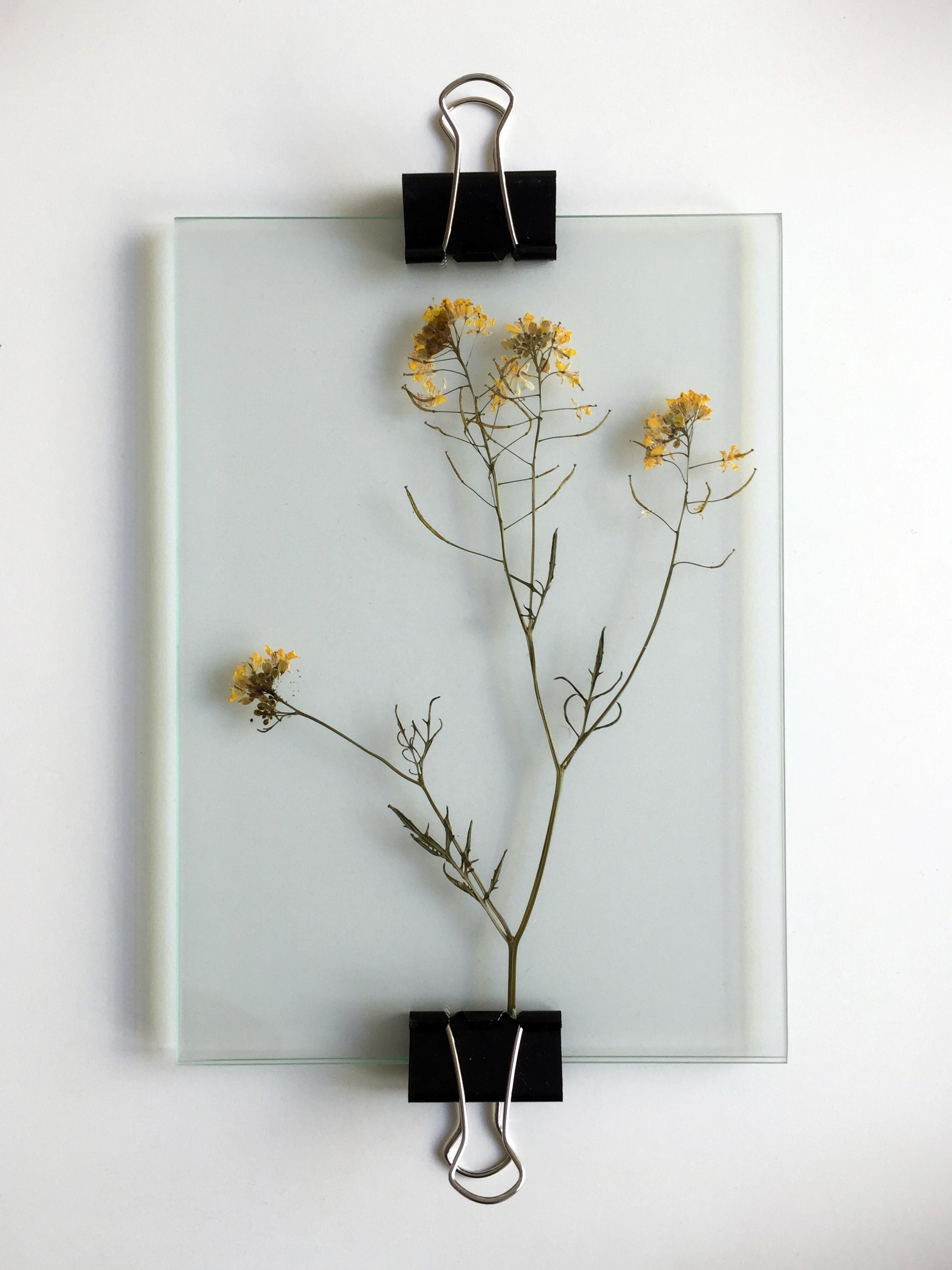Ecosistema Urbano
Loreto marks the beginning of via Padova and at the same time defines a barrier between the periphery and the centre of Milan. Loreto is a point in the city map, a centrifugal and centripetal knot, a space full of memory and trauma, an impassable obstacle for pedestrians. To avoid the succession of never-ending traffic lights, anyone who wants to reach via Padova from the city centre is forced to go into the underground of Loreto and cross the labyrinthine maze of corridors of the M1 metro station.
Loreto is a ‘square’ without breaks, without dialogues, without staying.
At the same time Loreto is an island, or better, a small archipelago of inaccessible atolls - densely covered by bamboo plants - visible through the sea of traffic that separates them from the city. They are unloved islands, associated with dirt and neglect. Shelter of the ghosts of the conformist society: drug addicts, criminals, immigrants.
There is an unexpected urban park hidden behind the Bamboo wall. An ordered place, with gravel paths and peaceful clearings.
A pleasant and shaded space from where billboards and facades appear and disappear among the exuberant green, and where the constant buzz of traffic reminds of waves on the shore.
Every island has its own clear ecosystem and these islands are not far behind. Among the bamboo and decorative plants, improperly used in an attempt to beautify the busy square, native species grows.
Exuberant plants that the municipal gardener would call 'invasive'. The dialectic relationship between these essences and the ornamental species leads to the confusion between the concept of local and foreign, of Italian and immigrant. It brings us back to an often forced and unnecessary separation within a diversity that actually constitutes the health of the urban ecosystem.
